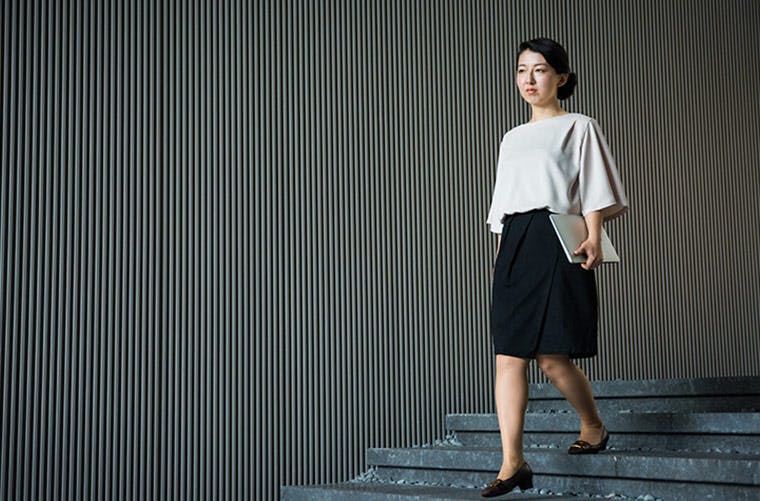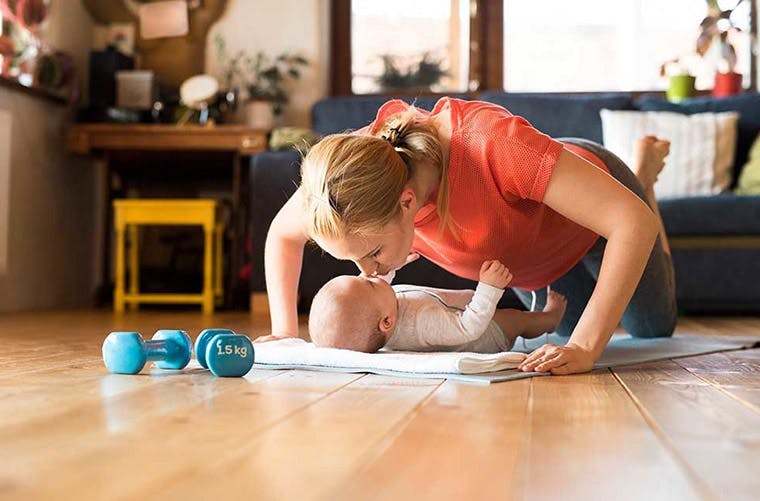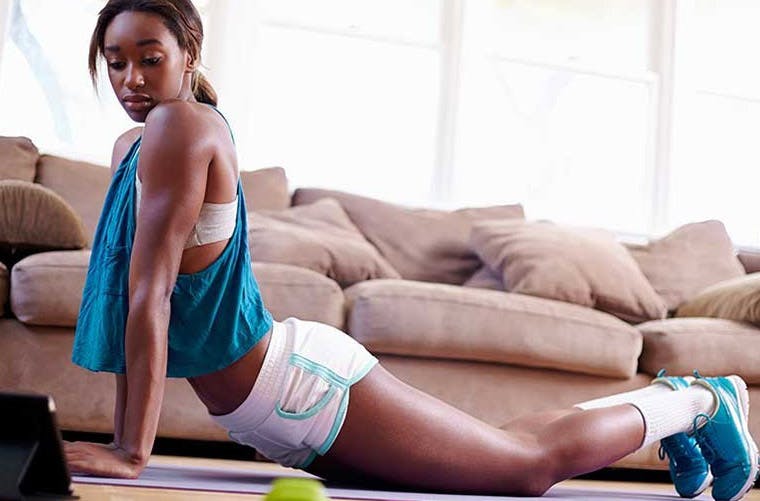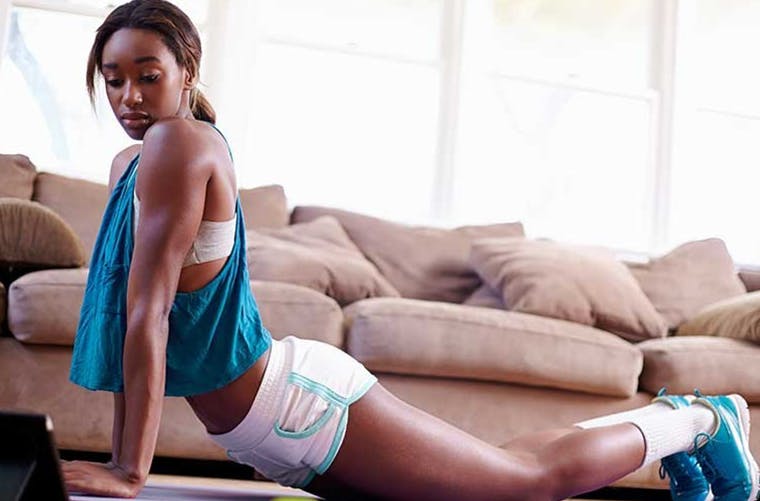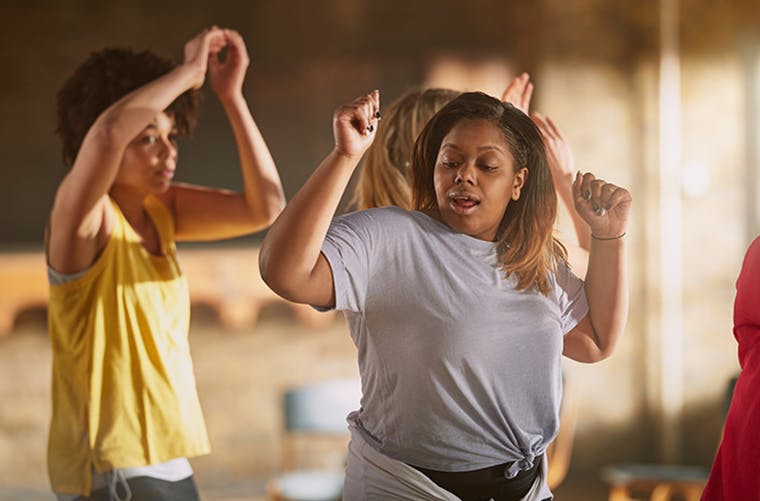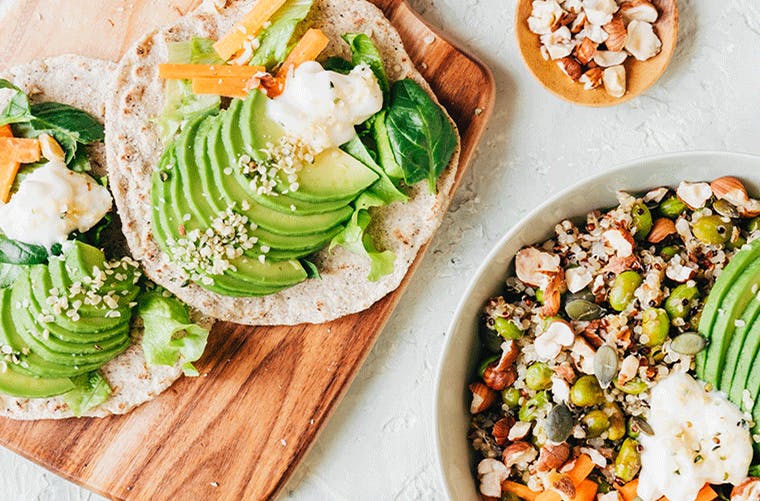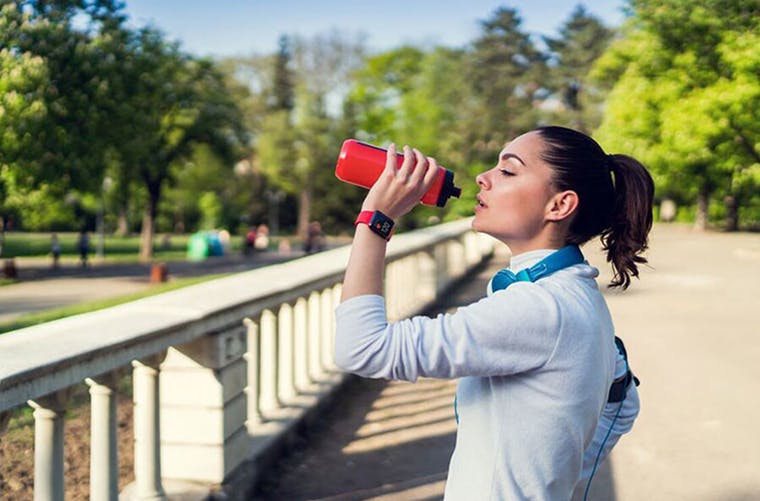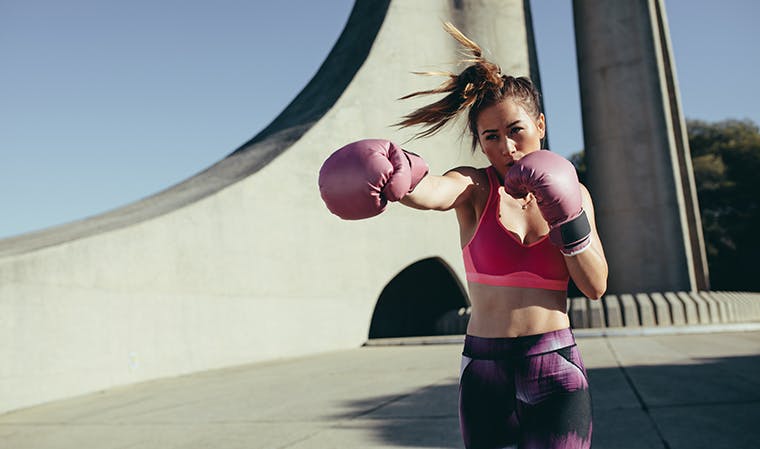How Visualization Can Lead to Real-Life Results

Picturing how you’ll do something can help you achieve it.
Did you know that just thinking about working out could help you become stronger? Visualization is a technique that athletes often use, and studies have shown that it can boost confidence and enhance performance. One case in point: A study in the North American Journal of Psychology found that athletes who mentally practiced a hip-flexor exercise had strength gains that were almost as significant as those in people who actually did the exercise on a weight machine.
While research on mental processing is mostly sports-related, you can still try visualization to achieve goals beyond fitness, like getting better at cooking or picking up a new hobby. A study found that subjects could enhance their perceptual learning — how you make sense of the things you perceive through your five senses — when asked to imagine something instead of actually seeing it. So while you probably don’t have time to test-run dinner party menu to make sure you’ve got it down pat, you can try poring over the recipes beforehand (which, let’s be honest, you’re probably doing already anyway). When it comes time to throw that party, you might find it a little easier to put together the menu.
Visualization isn’t just a technique for big goals. You can use it in your daily life to help your day go more smoothly. Next time you’re facing a long list of tasks you need to get through, try picturing getting each one done before you do it. Subjects in one small study reported feeling more accomplished and in a better mood on days when they practiced mental imagery techniques for their tasks than on days when they wrote out a to-do list.
SO HOW DOES VISUALIZATION WORK?
If you’re interested in trying visualization, you’re not alone: A survey from TD Bank found that 86 percent of people surveyed visualize themselves achieving their goals. Once you have a specific goal in mind, visualize everything you need to achieve it, not just the final result. In one study, college students were more successful at adding more fruit to their diets if they set a goal to do so and visualized themselves getting and eating the fruit. Play out your intended scenario in your head: What will you wear? Who will be at the meeting? What materials will you need? Psychology Today also recommends using all of your senses when you’re visualizing, so don’t forget to picture things like the temperature in the room or any smells there could be.
While you’re doing this, don’t forget to also imagine the obstacles you may encounter. You’ll be less nervous about something derailing you if you’ve already prepared for that possibility. If you’re trying to eat healthier, think about all the upcoming events that could distract you from your diet and how you’ll deal with them—so when it’s time for book club, you’ll already have a plan for avoiding those cheesecake pops being passed around.
© Meredith Corporation. All rights reserved.



